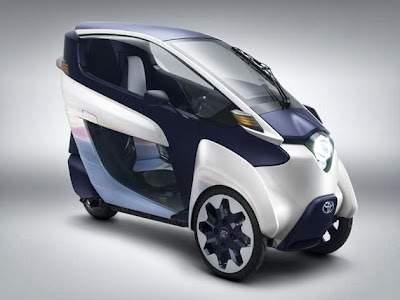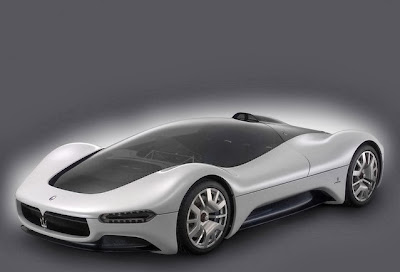By now, most of us are familiar with the word badge engineering, thanks to the Renault-Nissan Alliance. The alliance has already brought us two great rebadged cars – Scala and Pulse. The third car born out of the partnership, the Nissan Terrano, is a rebadged Duster and this review will endeavor to find out how far the Terrano has departed from the Duster.
Design
The New Nissan Terrano SUV has thrown in some stand-out styling cues into the Terrano that clearly differentiate it from the Duster. From the front, the Terrano can easily be identified by the signature Nissan grille that is reminiscent of the Pathfinder. It's certainly the most effective element of the Terrano’s look, because it translates well into a big SUV shape. The bold lines on the V-shaped bonnet that blends seamlessly into the grille make it unmistakably a Nissan. The angular headlamps and bumper are new as well.
In profile, changes are more subtle, with curvier door panels and blacked out B and C pillars being the only difference. Alloy wheels are new as well. Save for the new tail lamps, the rear looks similar to the Duster. Looks may be subjective, but Terrano certainly scores over Duster in exterior design.
The Terrano’s interiors look similar to Duster’s and I was surprised to see the ‘French ergonomics’ carried forward into a Japanese car. Quirky controls, such as the ORVM switch under the handbrake, remain unchanged. Steering wheel has a smarter design but lacks grip. The centre console looks tad better than the Duster, owing to rectangular AC vents, storage space with a lid and piano-black finish for the audio system. Top variants come with rear AC vents but as we saw on the Duster, it is more of an inconvenience because it eats into rear legroom and the flaps cannot be adjusted. Overall, the interiors have improved, but not by a ton.
Performance
The Nissan Terrano is available with three engines – 85PS and 110PS diesels and 104PS petrol. While 110PS diesel comes with 6-speed manual, the other two get 5-speed manual. Automatic transmission is not even in the pipeline.
Since the engines, transmissions and other mechanicals remain unchanged, the Terrano drives similar to Duster. Overall performance of the petrol and 85PS diesel motors is smooth and more than adequate, especially in light of the impressive fuel economy figures. However, both the engines feel a bit strained when revved hard. The 110 PS diesel delivering 248 Nm of torque @ 2250 rpm is certainly a fun-to-drive car and remains my favourite.
Both diesel engines suffer from the inevitable turbo lag and response to the accelerator pedal is less than immediate. You need to keep the needle above the 1,200rpm mark and keep moving else the lag is felt easily.
Ride and Handling
Although Nissan is tight-lipped about any possible changes under the skin, I strongly felt a huge improvement in Terrano’s noise insulation. The cabin is significantly quieter than the Duster and offers a smoother ride. However, the diesel engines are clattery at idle and loud above 3000rpm.
Terrano handles easily and fluently and the steering feels suitably light around town, yet weighting up enough as the speed builds. Yet, the steering is very sensitive, just like the Duster, to potholes and undulations on the road and that translates into some frustrating steering feedback.
Safety
When Nissan introduced Micra in India, safety was taken to new heights as the company offered airbags across all variants. Continuing the commendable trend, Nissan Terrano comes with driver airbags even on the base variant - a great advantage over Duster. Mid and top variants have ABS with EBD on offer, too.
Mileage
Nissan claims a mileage of 13.2 kmpl for the Terrano petrol, while the 110 PS diesel returns 19.01 kmpl and the 85PS delivers 20.45 kmpl.
Conclusion
In short, the Nissan Terrano comes with all virtues of the Duster, plus a little more. Prices range from Rs. 9.59 lakh for the base variant to Rs. 12.44 lakh for the top trim. That makes the Terrano up to Rs. 70000 (approximate) more expensive than the Duster across variants. No doubt, the Terrano looks more mature and modern, but is it worth paying the extra just for better appearance and enhanced safety? Share your thoughts in the comments section below.
























